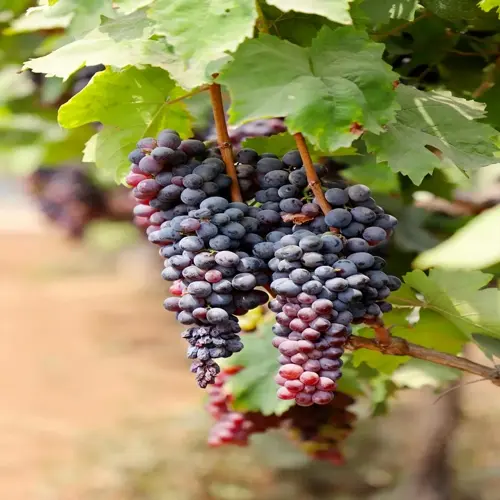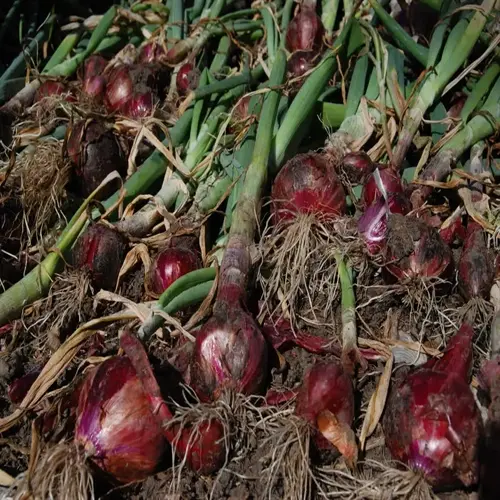What causes premature pear drop before ripening?

Written by
Julia Anderson
Reviewed by
Prof. Martin Thorne, Ph.D.Many growers experience premature pear drop, the loss of fruit from the trees prior to ripening. In my orchard, I have found that this is primarily due to environmental stress and pest pressure. Knowing what these triggers are enables us to protect our harvest. Early interventions will save both quality and quantity.
Water Stress
- Inadequate irrigation during drought periods
- Root systems cannot support developing fruit
- Fruit abscission accelerates as survival mechanism
Pest Infestations
- Codling moth larvae burrow into fruit stems
- Pear psylla secrete honeydew weakening attachments
- Prevent with dormant oil sprays before bloom
Nutrient Deficiencies
- Calcium shortage weakens fruit pedicels
- Boron deficiency causes brittle stems
- Soil testing identifies correction needs
Temperature fluctuations produce physiological stress. I monitor forecasts for cold snaps after bloom. Frost kills blossom receptacles, causing them to drop later. Heat waves above 95° F produce ethylene spikes to hasten fruit drop. Mulching regulates soil temperature.
Wind or improper handling sometimes causes physical damage that can weaken the attachment of fruit. I use limb spreaders to support heavy branches. Avoid hitting branches with equipment. Harvest carefully without shaking trees. Damaged fruit often leaks ethylene, which affects the surrounding pears.
Take preventive measures prior to bloom season. I use a balanced fertilizer in early spring. Use pheromone traps to catch codling moths. Keep an organic mulch layer of 3-4 inches. Consistent care of these will keep drop rates down tremendously! These reliable practices will also help to protect your harvest.
Read the full article: When to Harvest Pears: Complete Guide

